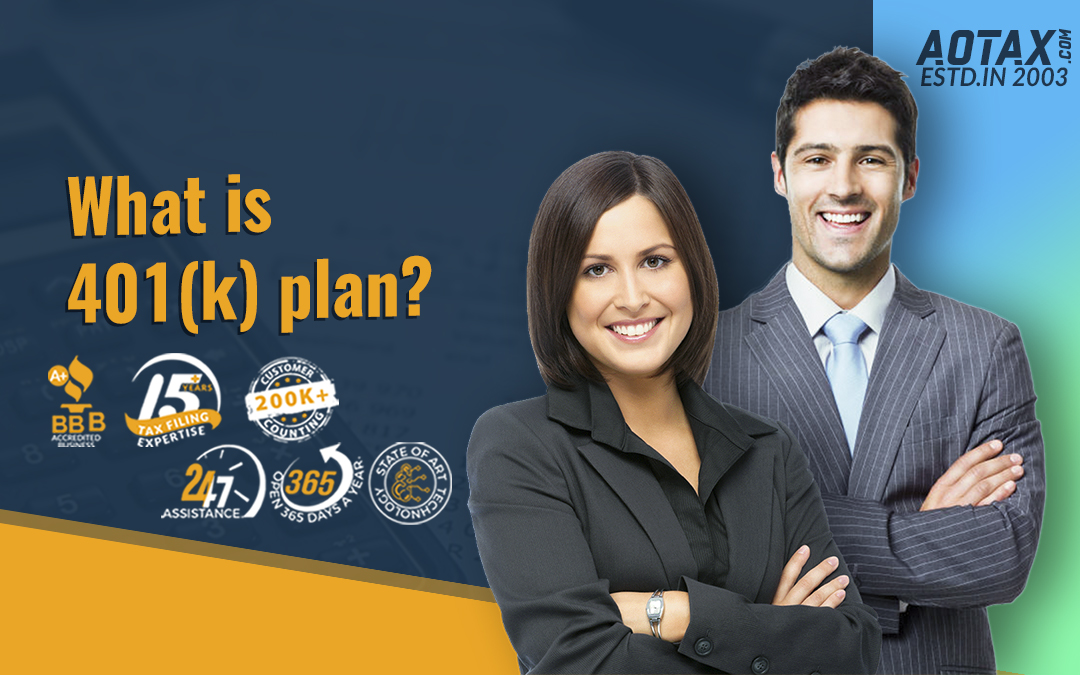
What is 401(k) plan?
What is 401(k) plan?
401(k) plan can be said to be a defined contribution plan in which an employee can contribute from his salary which can be either before the tax or after the tax based upon the options which are offered in the plan. It can be also described as a qualified retirement plan which allows the eligible employees of an organization to save and also invest for their retirement purpose on a tax-deferred basis. The contributions which are made move into the 401(k) account and the employee can choose the investments depending upon the options which are mentioned in his plan. Only the employer can be able to sponsor a 401(k) plan for his employees and are also known as the “plan sponsor”. In many cases, the employer makes contributions that match up to the contributions of the employees up to a particular percentage.
The employee will decide on how much money he wants to be deducted from his pay cheque and be deposited into the 401(k) plan based upon the limits which have been determined by the IRS. Since the employers are in the responsibility to sponsor the plan, they will run the plan according to the laws, rules, regulations, and provisions of the plan. This will also include who is eligible for the plan, how much the employer needs to contribute to the plan, how often you can be able to reallocate your assets, what type of options will be available for investment, etc.
In other words, the 401(k) plan can also be known as a Qualified Deferred Compensation Plan and the deferred compensation is not subject to any Income Tax withholding. The deferred compensation is also not reported as wages in Form 1040 or Form 1040-SR. However, in the social security and Medicare tax system the deferred compensation is reported as wages. Moreover, the employer should report the elective contributions as wages that are subject to Federal Unemployment taxes. There are some plans in which employees can select the option for making elective contributions.
Contributions
There is a limit on the amount that an employee would elect for deferring in a 401(k) plan. This limit is enforced by the Internal Revenue Code. The elective contributions which you are making can also be limited based upon the terms mentioned in the 401(k) plan.
Distributions
The 401(k) plan specifies the form of distribution and some distributions from a 401(k) plan can be eligible for lump-sum distribution treatment or rollover treatment.
Important points to keep in mind about 401(k) plan
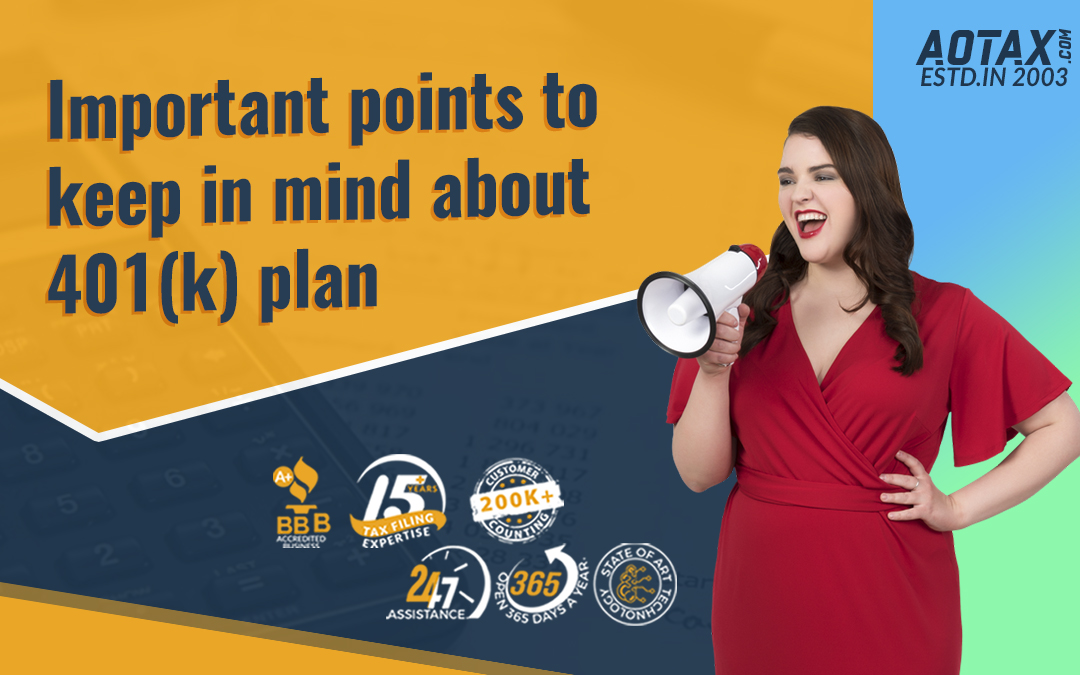
- 401(k) plan is a plan meant for safeguarding your post-retirement period. It is not a savings account. The money which you have placed in your account for the 401(k) plan cannot be accessed easily. However, there are features like loans and hardship withdrawals but there are rules which make this procedure even complicated.
- In case of huge and immediate financial requirements, employees can make some withdrawal from the account meant for a 401(k) plan in the form of a hardship withdrawal. Hardship distribution from a 401(k) plan is limited to the amount of the employee’s elective contribution and does not include into it any amount which is earned on the amount which is deferred.
- Even if you think you will not be able to afford the 401(k) plan, you should not give up the idea. It is necessary and even it is good to start contributing to your retirement planning as soon as possible. The sooner you start the better your standard of living would be after retirement. So, even if it is a contribution of just 1% or 2% it is going to be effective in the long run.
- Your plan sponsor i.e. your employer will give you a Summary Plan Description. You can read it and know much more about how your plan works, who are your trustees, options available and much other information.
Conclusion
Hence, you should be well aware of your 401(k) plan and the advantages your plan can provide. It is necessary to educate yourself and know more about the plan.

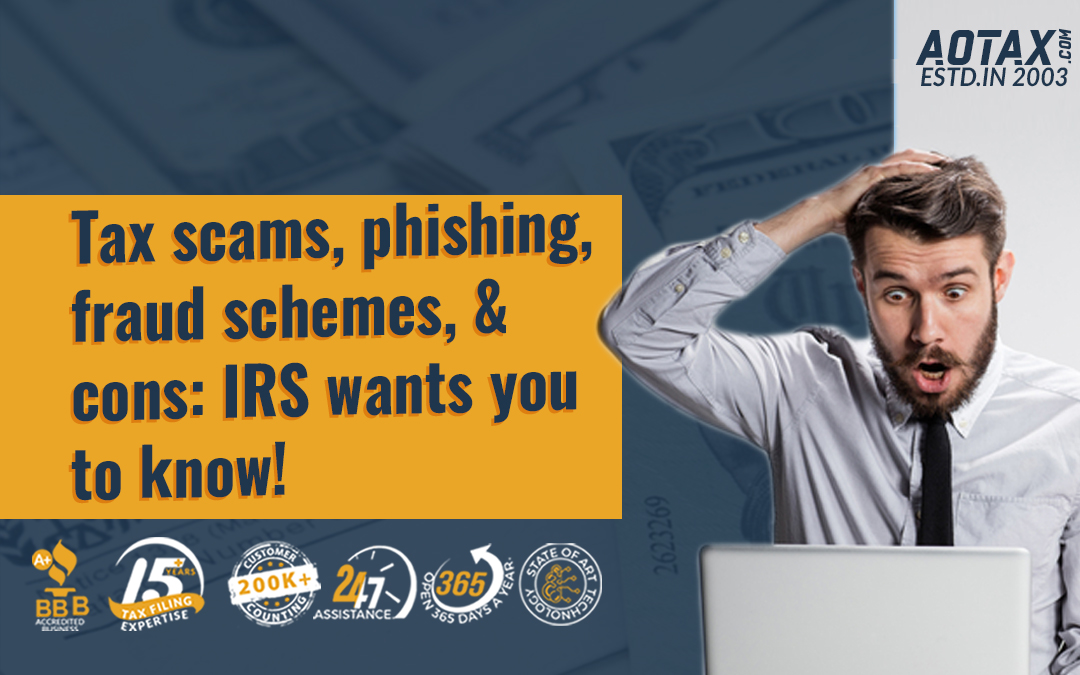
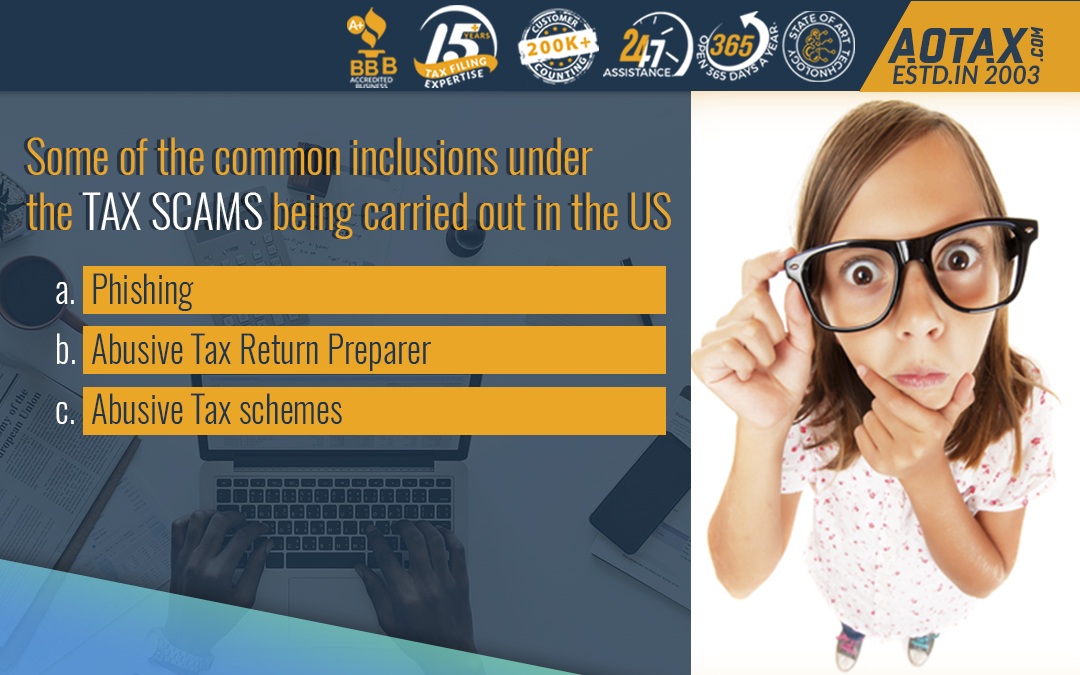
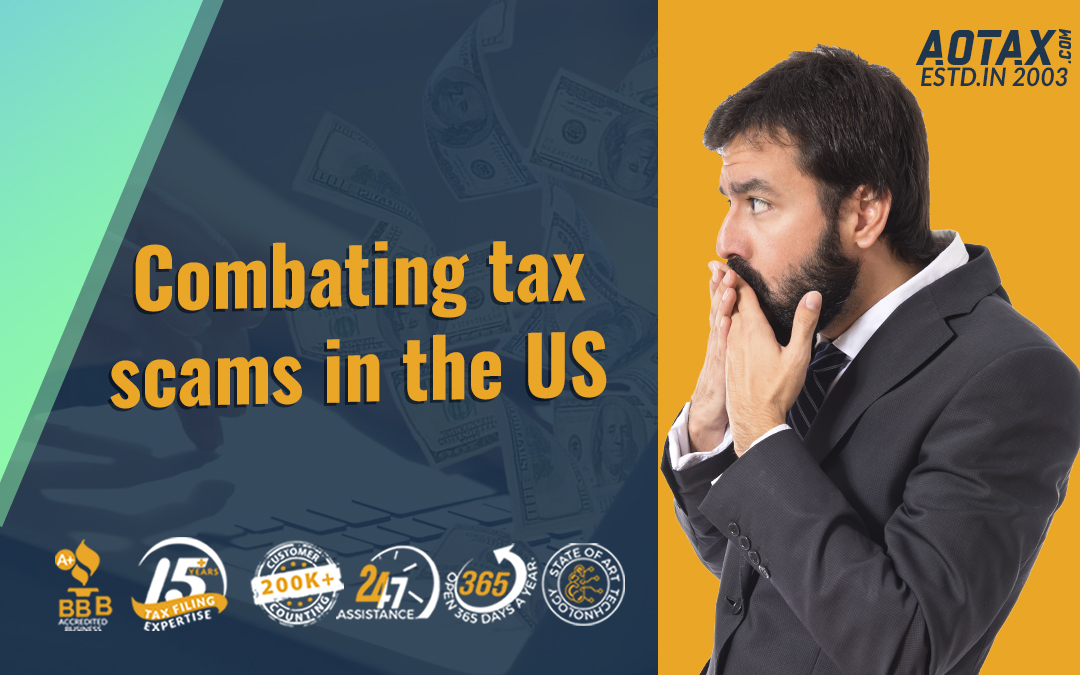
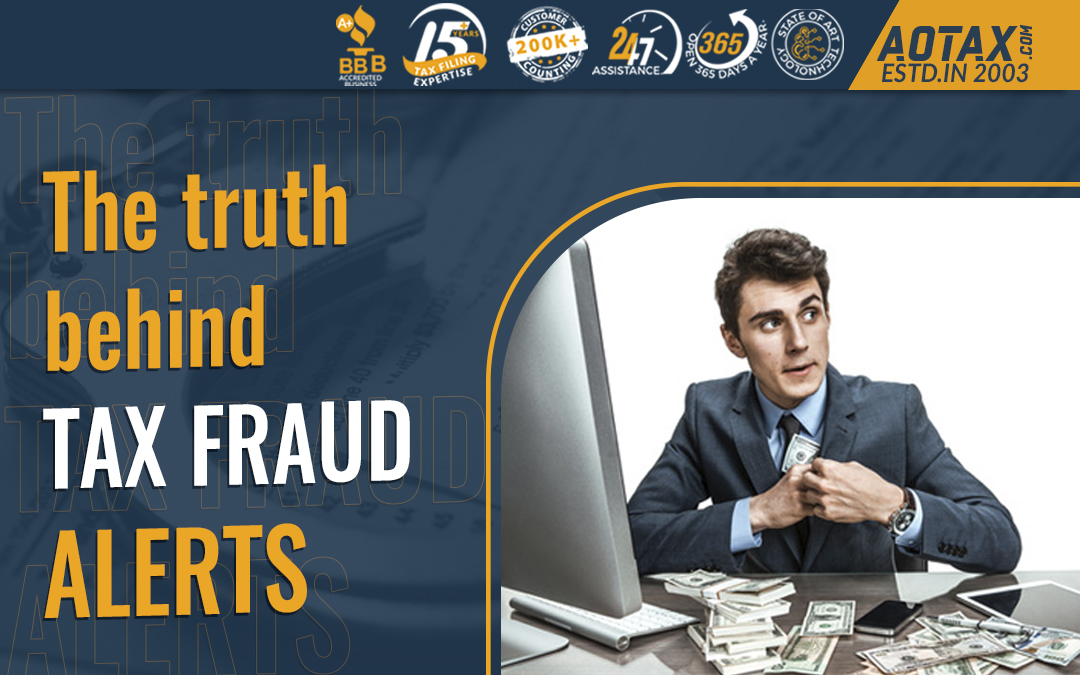
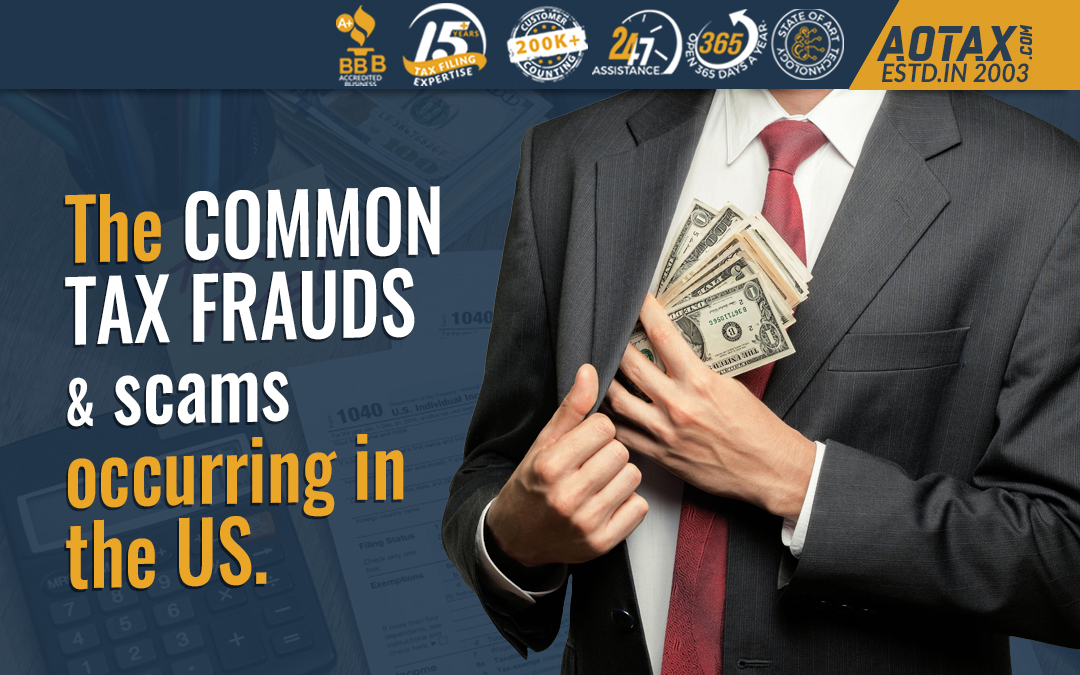
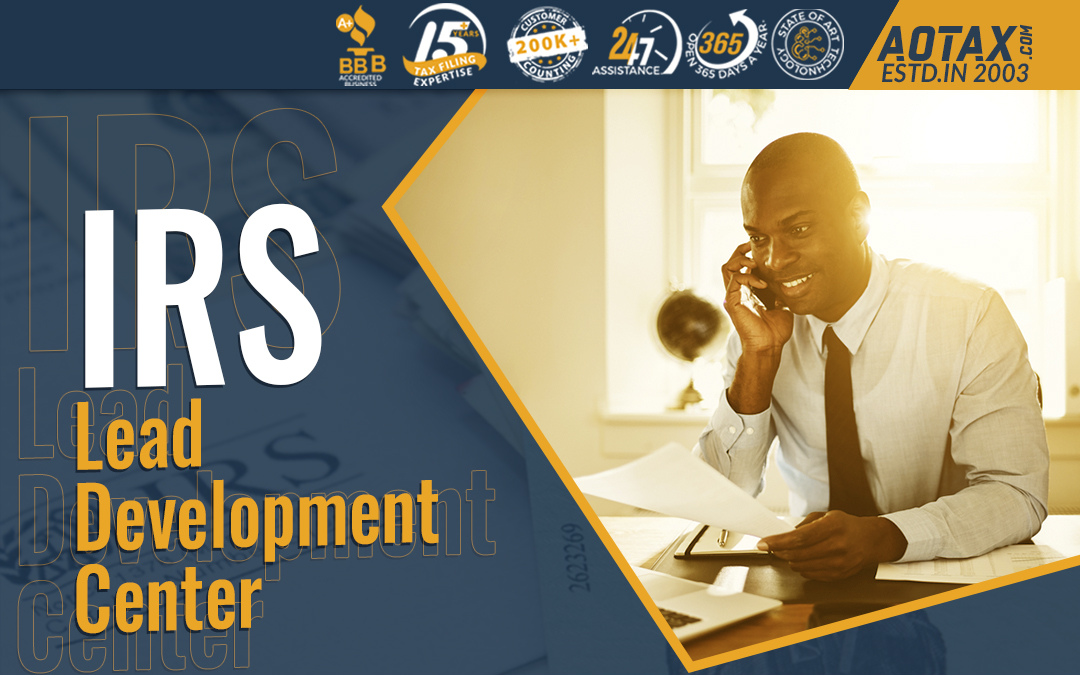

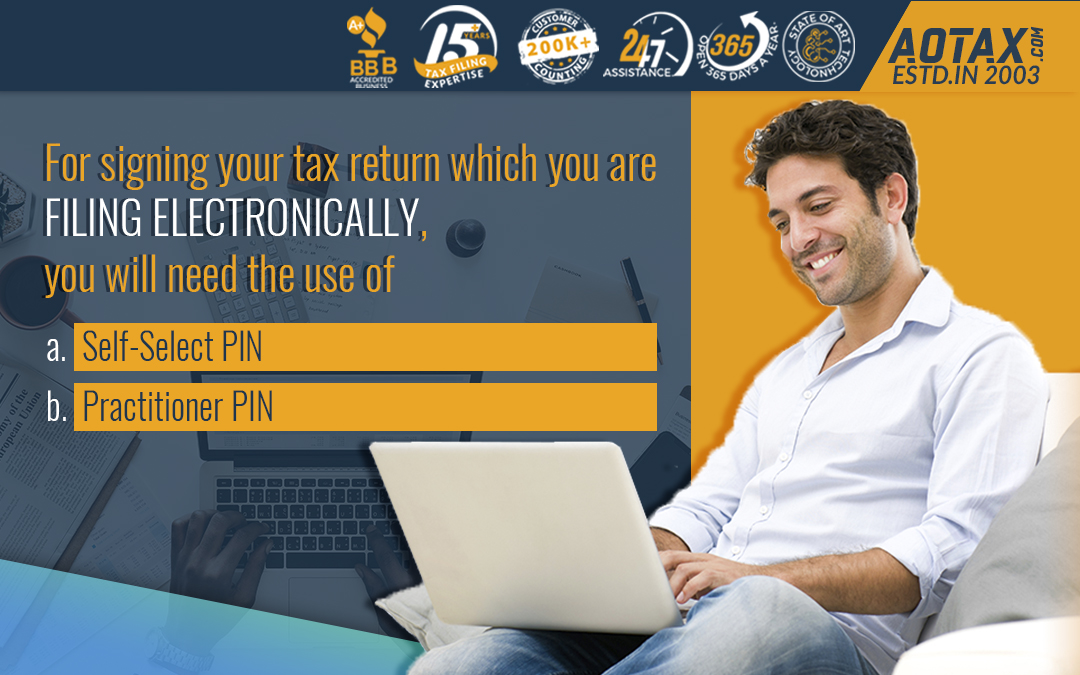
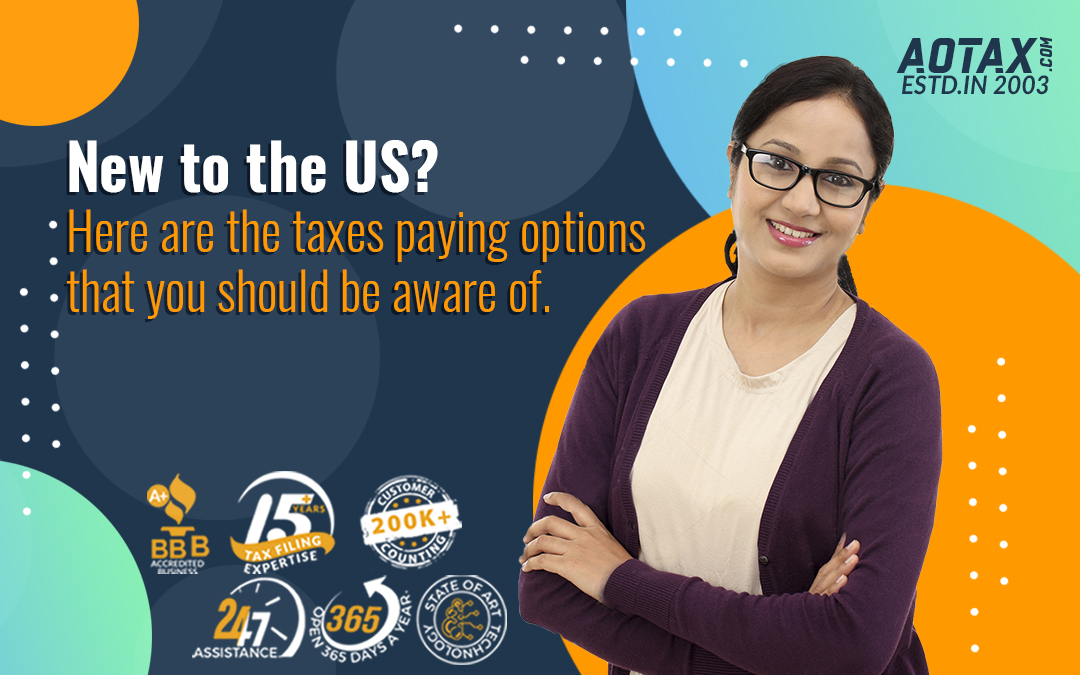
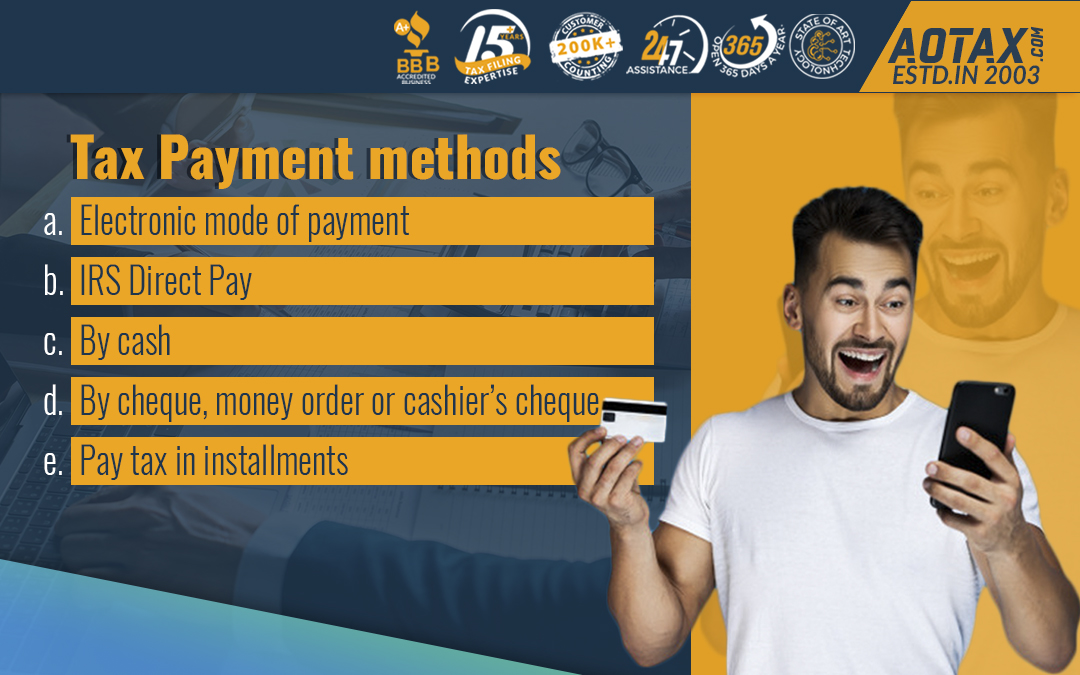
Recent Comments